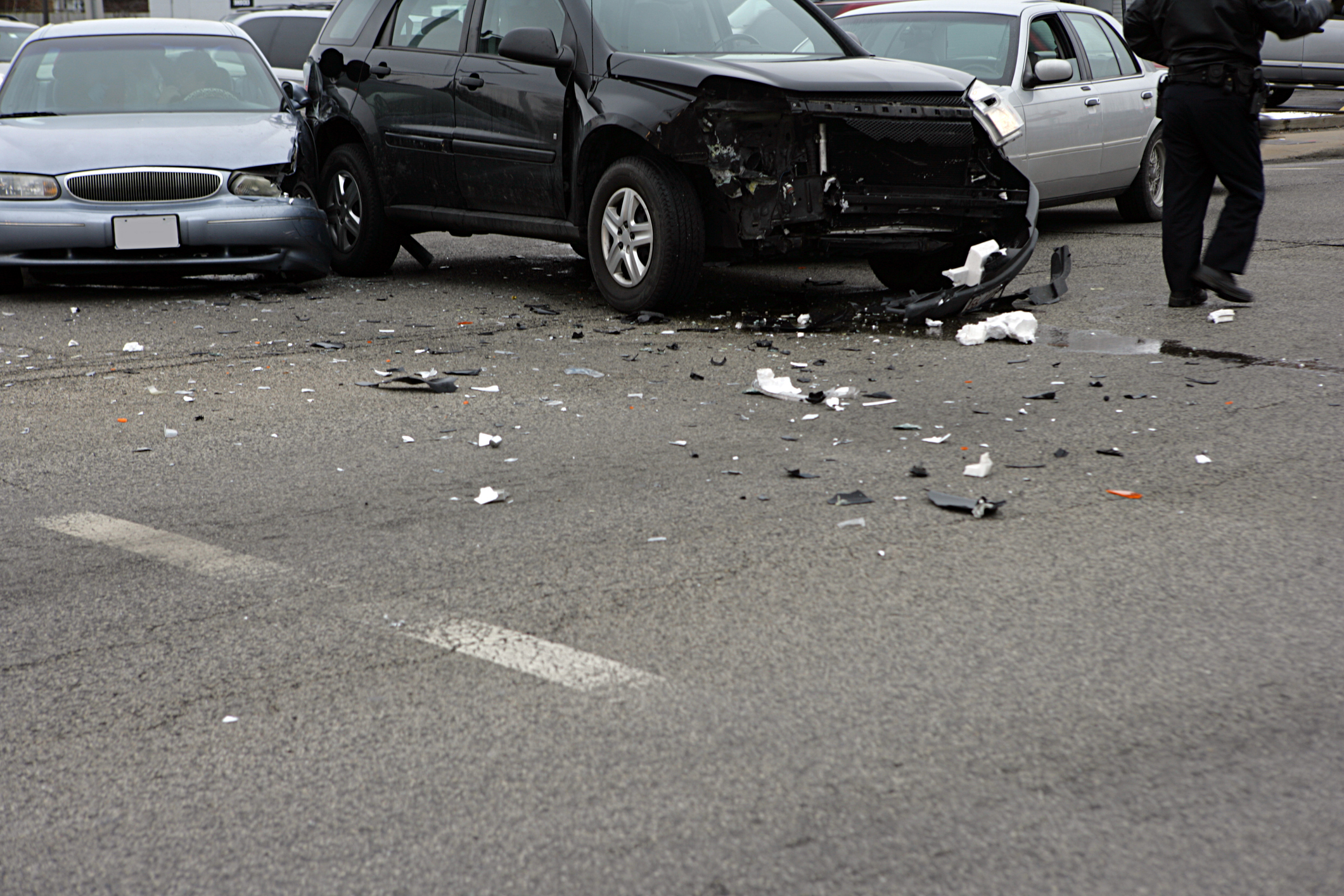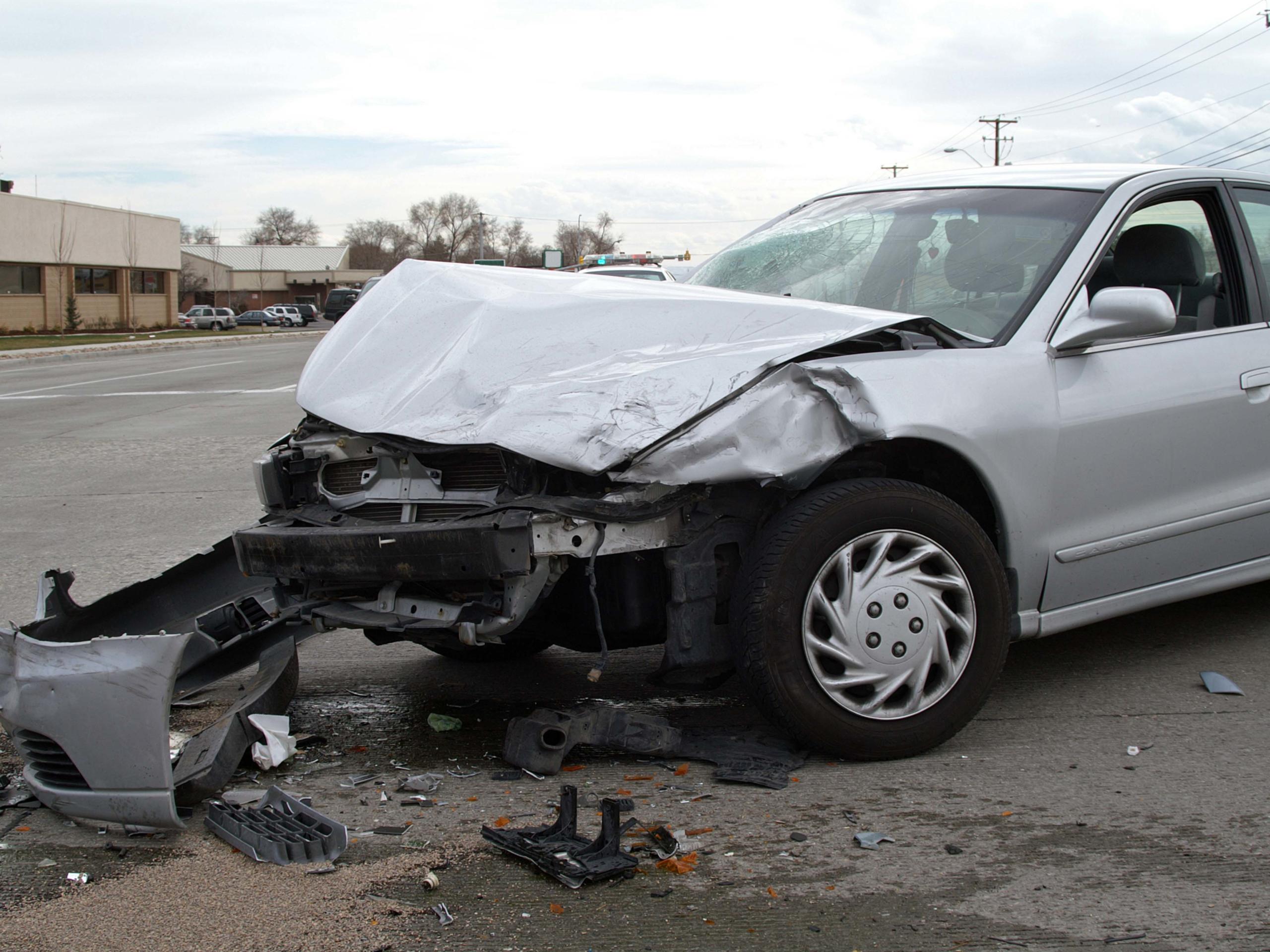
In this article, we’ll break down the different types of damages you can claim after a motor vehicle accident and guide you through the insurance claim process to help you understand your rights. By the end of this article, you’ll have a comprehensive understanding of the avenues available for compensation, which will aid in your recovery journey and help you secure the financial support you need.
Understanding Motor Vehicle Accident Damages
Motor vehicle accident damages are classified into several categories, each addressing a different aspect of the losses incurred. Understanding these categories can simplify the insurance claim process and help you better navigate personal injury settlements. The categories of damages can be broadly divided into economic, non-economic, and punitive damages, each serving a unique purpose in compensating for the loss experienced.
These damages are designed to address both the tangible and intangible impacts of an accident, recognizing that the aftermath of such events extends beyond immediate physical injuries. By grasping the full spectrum of potential claims, victims can ensure they are fully compensated for all aspects of their suffering and financial losses.
Economic Damages
Economic damages, also known as special damages, cover the financial losses directly tied to the accident. These are typically easier to calculate as they involve tangible, out-of-pocket expenses. The main types of economic damages include compensation for medical expenses, lost wages, and property damage.
Understanding economic damages is crucial because they form the backbone of most personal injury claims, providing concrete evidence of financial loss. By meticulously documenting these expenses, you lay a solid foundation for your claim and ensure that all financial aspects of the accident are addressed.
Medical Expenses
Medical expenses encompass all costs associated with treating injuries from the accident. This can include hospital bills, surgical costs, prescription medications, physical therapy, and any long-term medical care required. It’s important to keep detailed records of all medical treatments and consultations to substantiate these claims.
In addition to immediate medical expenses, you can also claim future medical costs if ongoing treatment is necessary. This might cover rehabilitation, follow-up surgeries, or special equipment needed for recovery, ensuring that all potential medical costs are accounted for in your claim.
Lost Wages
If your injuries prevent you from working, you can claim lost wages as damages. This includes not only the income lost during your recovery period but also any future earning capacity lost due to long-term or permanent disabilities resulting from the accident. Calculating lost wages involves documenting your regular income and any additional bonuses or benefits that were affected by the accident.
In cases of severe injuries, you might also be entitled to compensation for diminished earning capacity, which accounts for a reduction in your ability to earn income in the future. This ensures that your long-term financial stability is protected, considering the potential impacts on your career and livelihood.
Property Damage
Property damage covers the repair or replacement costs for your vehicle and any other personal property damaged in the accident. This can include items like electronics, clothing, or any other personal belongings that were in the vehicle at the time. It’s essential to assess the full extent of property damage to ensure all losses are covered.
Beyond immediate repairs or replacements, property damage claims can also include the loss of use, which compensates for the time you are without your vehicle. This aspect ensures that any inconvenience and additional costs incurred during the repair or replacement process are addressed.
Non-Economic Damages
Non-economic damages, or general damages, address the non-financial impacts of an accident. These are more subjective and can be harder to quantify, but they are just as critical in ensuring fair compensation. Common non-economic damages include compensation for pain and suffering, emotional distress, and loss of consortium.
These damages acknowledge that the impact of an accident goes beyond financial loss, affecting the victim’s quality of life, mental health, and personal relationships. Understanding these damages is vital in capturing the full spectrum of harm caused by the accident.
Pain and Suffering
Pain and suffering damages compensate for the physical pain and emotional distress experienced due to the accident. This can include ongoing discomfort, mental anguish, and the overall impact on your quality of life. Calculating these damages often involves assessing the severity and duration of your physical and emotional suffering.
The impact on daily activities and personal relationships is also considered when determining pain and suffering damages. By providing a comprehensive view of how the accident has altered your life, you can ensure that these intangible losses are adequately compensated.
Emotional Distress
Emotional distress damages are awarded for psychological impacts like anxiety, depression, or post-traumatic stress disorder (PTSD) following the accident. These damages recognize the profound emotional toll that a serious accident can have on an individual. Documenting psychological symptoms and treatment is essential to support these claims.
In addition to therapy or counseling costs, emotional distress claims can consider the broader impact on your ability to engage in everyday activities and enjoy life. This holistic approach ensures that the psychological consequences of the accident are fully addressed in your compensation.
Loss of Consortium
Loss of consortium refers to the impact that the accident has on your relationship with your spouse or family. This can include loss of companionship, affection, or sexual relations due to injuries sustained in the accident. These damages recognize the relational impact of an accident, acknowledging the strain it can place on personal and family dynamics.
The concept of loss of consortium highlights the interconnected nature of personal relationships and the wide-reaching effects of an accident. By capturing these relational changes, you ensure that the full scope of impact on your life is considered in your claim.
Punitive Damages
In some cases, courts may award punitive damages. Unlike economic and non-economic damages, punitive damages are not intended to compensate the victim. Instead, they are meant to punish the at-fault party for particularly reckless or egregious behavior and deter similar conduct in the future. These damages serve a public interest by holding parties accountable for dangerous actions.
When Are Punitive Damages Awarded?
Punitive damages are typically awarded in cases where the defendant’s actions were intentional or grossly negligent. For example, if the at-fault driver was under the influence of drugs or alcohol, punitive damages might be pursued. The goal is to send a strong message about the consequences of such behavior.
The award of punitive damages often involves a detailed examination of the defendant’s conduct and the circumstances surrounding the accident. By understanding when punitive damages apply, you can better assess the potential outcomes of your case and the broader implications for public safety.
The Insurance Claim Process
Navigating the insurance claim process can be daunting, but understanding the steps involved can help simplify the journey. Here is a step-by-step guide to help you through the process:
Step 1: Report the Accident
Promptly report the accident to your insurance company. Provide them with all relevant details, including the time, location, and circumstances of the accident, as well as contact information for any witnesses. Timely reporting ensures your claim is processed without unnecessary delays.
Accurate and detailed reporting can also prevent disputes over the facts of the accident, helping to streamline the claim process. Being proactive and thorough at this stage sets the foundation for a successful claim.
Step 2: Gather Evidence
Collect evidence to support your claim. This can include photographs of the accident scene and damage, medical records, police reports, and witness statements. Comprehensive evidence strengthens your position and substantiates your claims for damages.
In addition to physical evidence, maintaining a detailed account of your recollections and experiences related to the accident can be invaluable. This personal documentation can provide additional context and support your claim narrative.
Step 3: Document Your Damages
Keep detailed records of all expenses related to the accident. This includes medical bills, repair costs, and documentation of lost wages. These records will be crucial in calculating the compensation you are entitled to. Thorough documentation prevents disputes and ensures that no aspect of your claim is overlooked.
Organizing your records systematically can also facilitate smoother communication with the insurance company, making it easier to present a clear and compelling case. By maintaining meticulous records, you bolster your credibility and the validity of your claims.
Step 4: File Your Claim
Submit your claim to your insurance company, including all the gathered evidence and documentation. Be thorough and ensure you’ve covered all aspects of your damages. A well-prepared claim increases the likelihood of a favorable outcome and expedites the settlement process.
Filing a comprehensive claim also minimizes the chances of disputes or challenges from the insurance company, ensuring that the focus remains on resolving your claim promptly and fairly.
Step 5: Negotiate Your Settlement
Insurance companies often aim to minimize payouts, so be prepared to negotiate. Having a clear understanding of your rights and the damages you’re entitled to can strengthen your position during settlement discussions. Being informed and assertive can lead to a more favorable settlement.
Negotiation may involve multiple rounds of discussions, so patience and persistence are key. Consider seeking professional guidance if negotiations become complex or contentious to ensure your interests are protected.
Step 6: Consider Legal Assistance
If negotiations stall or you’re unsatisfied with the settlement offer, consider seeking legal assistance. An experienced attorney can help advocate on your behalf and ensure you receive fair compensation. Legal expertise can be invaluable in navigating complex claims and dealing with insurance companies.
Consulting a lawyer can also provide peace of mind, knowing that your claim is being handled professionally and that all legal avenues are being explored to secure the best possible outcome.
Conclusion
Understanding the types of damages you can claim after a motor vehicle accident is essential in securing fair compensation. By familiarizing yourself with the insurance claim process and the categories of damages available, you can better protect your rights and interests. This knowledge empowers you to navigate the aftermath of an accident with confidence and clarity.
Remember, the journey to recovery can be challenging, but with the right information and support, you can navigate it successfully and secure the compensation you deserve. Armed with a comprehensive understanding of your entitlements and the claims process, you can focus on healing and rebuilding your life after an accident.
Contact 612-Injured: Minnesota’s Personal Injury Attorneys
If you or a loved one has been involved in a motor vehicle accident and need assistance navigating the complexities of your insurance claim, don’t hesitate to reach out to 612-Injured. Our experienced personal injury attorneys are here to help you secure the compensation you deserve.
Contact us today for a free consultation and let us advocate for your rights. Your recovery is our priority!


